
What to Put in a Rabbit Cage. It's not a good idea to give your rabbit free reign over your home 24/7, both for the sake of your belongings and for your bunny's sense of well-being. In the wild, rabbits live in burrows. A cage gives your rabbit the same sense of a safe place to sleep, plus keeps it contained when necessary. Opt for a cage that is at least four times as large as your bunny so it has room to play and stretch out while confined.
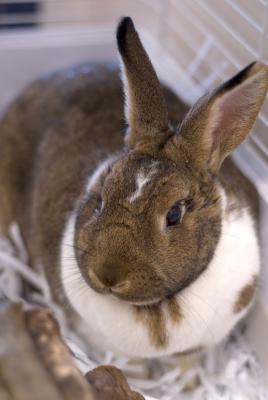
Flooring choice is paramount to your rabbit's comfort in the cage. Rabbits lack the foot padding seen on cats and dogs and do not do well with a wire-bottom cage. Pick a smooth-bottom cage, or cover the floor with plywood or a sturdy mat. Layer the cage bottom with several inches of aspen shavings, timothy hay or straw so your bunny can make itself a nest. You can also include pieces of synthetic sheepskin, which your rabbit will use to build a nest.
Like cats, rabbits pick a place to leave their waste. Watch your rabbit closely and install a litter box as soon as its chosen place is evident. Line a litter box slightly larger than your rabbit with newspaper and hay or litter newspaper pellets. The ASPCA cautions against using pine or cedar shavings, which can affect the rabbit's liver enzymes, and against clay cat litters, which can cause respiratory or gastrointestinal problems. Covered litter boxes are acceptable as long as your bunny doesn't chew on and swallow the plastic.
Rabbits like to build and need to play and chew to keep busy. Unstimulated rabbits can develop behavioral problems, such as biting or chewing on your belongings. Stock the rabbit cage with toys, including blocks of untreated wood, rabbit chew toys available at pet stores, an old telephone book and cardboard. Hard plastic toys also are acceptable as long as you ensure the rabbit is only chewing, not swallowing pieces of plastic. Rotate the toys as necessary.
The optimal rabbit diet is split between three "food groups" -- leafy greens, hay and rabbit pellets. Combined, these items provide your rabbit with the nutrition it needs. Offer your rabbit timothy hay in unlimited amounts. Specially formulated rabbit pellets, available at pet stores, should also be inside the cage. The ASPCA recommends a formula of 18 percent fiber and 15 to 19 percent protein. Young bunnies under six months of age should have an unlimited supply of pellets, while older bunnies should receive 1/8 to 1/4 cup of pellets per 5 pounds of body weight. Place the pellets in a heavy-bottomed dish that won't tip over as the rabbit eats. Offer your rabbit leafy greens, such as carrot tops, bok choy or collard greens. Feed the rabbit about 2 cups daily per 6 pounds of body weight. Finally, give your rabbit fresh water. Use a separate sturdy bowl or a bottle dispenser clipped to the side of the cage.
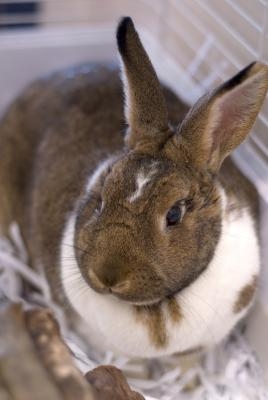 The Safest Way to Disinfect a Used Rabbit Cage
The Safest Way to Disinfect a Used Rabbit Cage
The Safest Way to Disinfect a Used Rabbit Cage
The Safest Way to Disinfect a Used Rabbit Cage
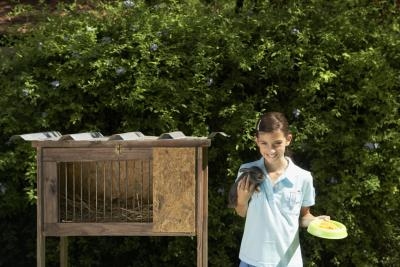 Directions on How to Build a Cage for an Outside Rabbit
Directions on How to Build a Cage for an Outsi
Directions on How to Build a Cage for an Outside Rabbit
Directions on How to Build a Cage for an Outsi
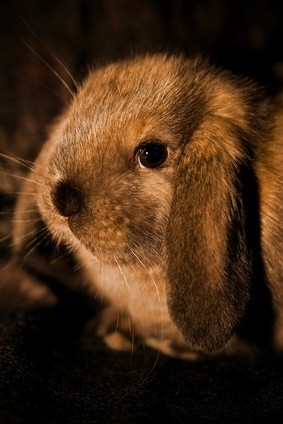 How to Build an Outdoor Rabbit Hutch
How to Build an Outdoor Rabbit Hutch
H
How to Build an Outdoor Rabbit Hutch
How to Build an Outdoor Rabbit Hutch
H
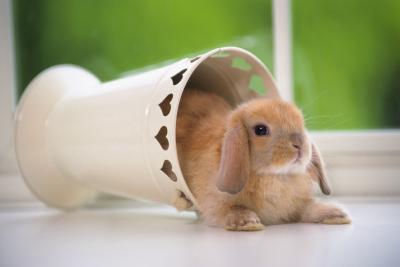 How to Train a Netherland Dwarf Rabbit
How to Train a Netherland Dwarf Rabbit
How to Train a Netherland Dwarf Rabbit
How to Train a Netherland Dwarf Rabbit
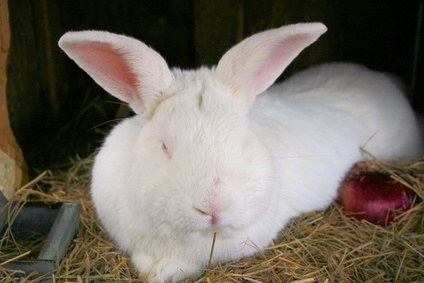 Proper Cage Sizes for a Rabbit
Proper Cage Sizes for a Rabbit
Proper
Proper Cage Sizes for a Rabbit
Proper Cage Sizes for a Rabbit
Proper
Copyright © 2005-2016 Pet Information All Rights Reserved
Contact us: www162date@outlook.com